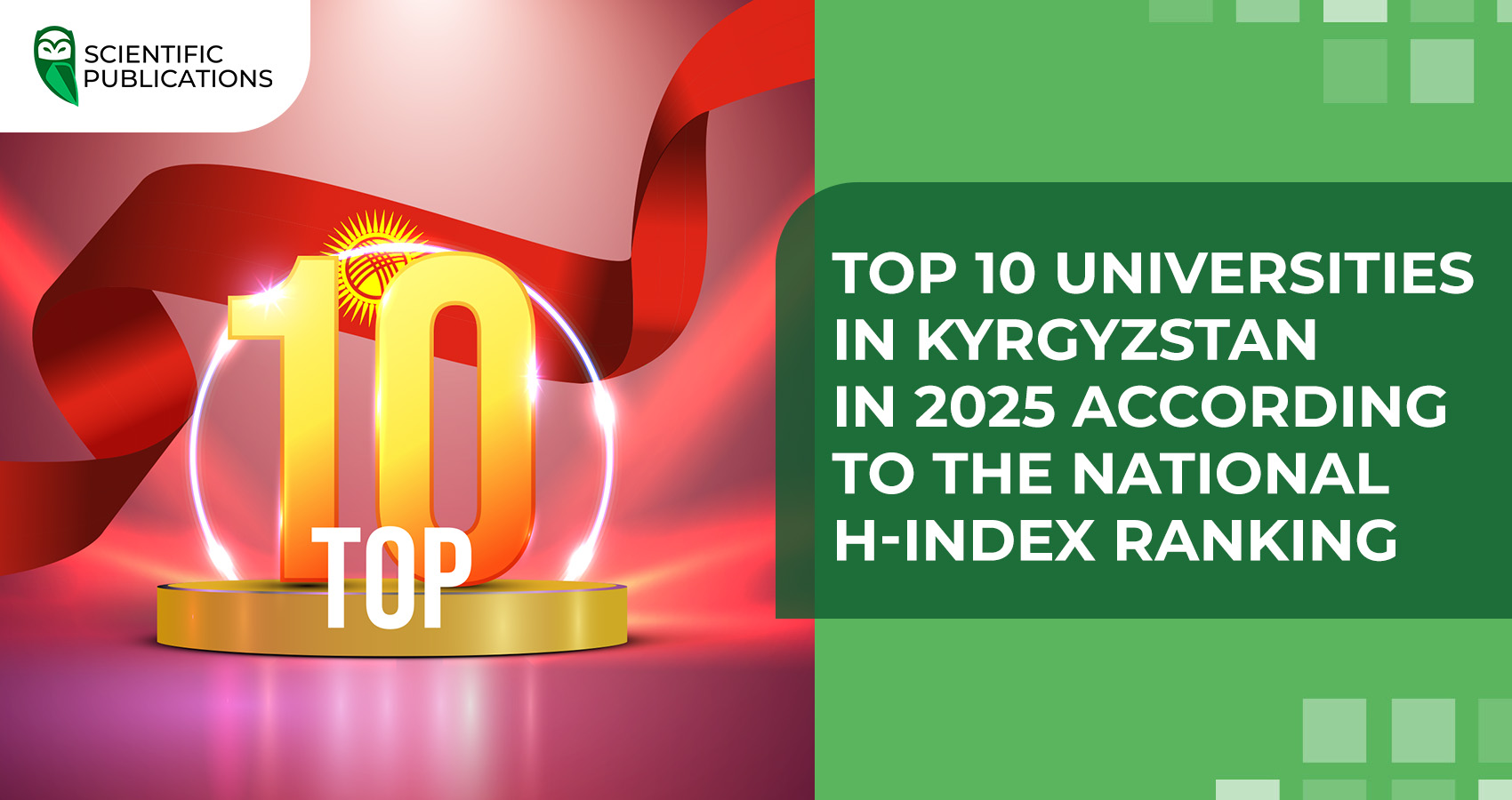For many scientists, especially young researchers, summer is a time to relax, recharge their batteries, or take care of long-awaited personal matters. However, it is often during the summer that they have to work intensively on scientific articles in order to publish them in the autumn issues of journals before submitting their reports.
.jpg)
At the end of the year, researchers at virtually every higher education and scientific institution submit reports on their activities. One of the mandatory requirements is to engage in publishing activities and have published scientific articles.
Reporting requirements for scientists and researchers
In many cases, the employment contracts of scientists and researchers working in higher education institutions or scientific institutions contain requirements for the mandatory presence of scientific publications. In addition, a minimum number of publications that must be published during the year is established.
In addition, institutions may set requirements for the relevance of the topics of publications to their own scientific priorities or strategic development directions. Such requirements can affect both the evaluation of scientific activity results and the career growth of researchers and their participation in grant or scientific programmes.
Failure to meet the specified conditions, in particular in the case of an insufficient number of scientific publications per year, may have negative consequences, including refusal to renew employment contracts or review remuneration levels.
Timely and full fulfilment of contractual requirements, including quantitative and qualitative indicators of scientific productivity, not only ensures employment stability but also opens up new opportunities for professional growth. This can affect the chances of promotion, as well as participation in joint scientific research at both the national and international levels. In addition, scientific publications contribute to the expansion of professional connections, invitations to participate in expert commissions, editorial boards of scientific journals and scientific events, which has a positive effect on further career development.
Planning and preparing a scientific article
For the successful and timely publication of a scientific article, it is necessary to develop a detailed plan. Draw up a schedule for writing the article with clear stages: preparation of a literature review, data collection and analysis, writing the text of the article, editing, preparation of an English version (if necessary), etc.
Plan for preparing a scientific article over the summer
- June. This month should be devoted to active work on the article. If you do not yet have any preliminary work, you need to start your research from scratch. You will have to work at a faster pace to complete the preparation and submit the article on time. Do not try to create the perfect text right away – first focus on presenting the main ideas and structure. Gradual refinement and editing will be more effective in the following stages. If you already have ready results or collected materials, it is worth starting to write the main part of the article in June. Set aside at least a few hours each week for this – this will allow you to prepare the first draft of the text by mid-July.
- July. After the intensive work done in June, it is worth taking a short break. This will help you return to the text with a fresh perspective and evaluate its quality more objectively. It is advisable to devote the second month of summer to editing and refining your scientific article. Carefully check the logic of the presentation of the material, adherence to academic style, correctness of citations, and the presence of all necessary references to sources. It is useful to involve a colleague or scientific supervisor in the review process, who will be able to provide an objective opinion on the work. If you plan to publish in an English-language journal, it is recommended that you consult with editing and translation specialists to ensure the high quality of the text.
- August. It is advisable to devote the last month of summer to the technical preparation of the manuscript. August is the ideal time for the final stage: formatting the text in accordance with the requirements of the selected journal, preparing a cover letter, and performing a final check of the article. After that, you can submit the manuscript to the editorial office for review. It is important to carefully follow all technical requirements to avoid delays in the publication process.
A free and peaceful summer for scientists
Summer is a time for rest, inspiration and new ideas. We understand that preparing a scientific article requires considerable effort and time, so we invite you to enjoy your well-deserved rest while we take care of the high-quality preparation and publication of your work.
Scientific Publications is a team of experienced professionals who have been successfully accompanying scientific articles from the first draft to publication in international journals and databases for over 9 years. We know all the intricacies of the academic process. With us, you will receive:
- Editing of material
- Formatting of the article and list of references
- Selection of a scientific journal
- Academic translation
- Consultations at all stages of the publication process
- Communication with the editorial board, etc.
We work on the basis of an official contract, which guarantees transparency of cooperation and protection of your interests. Our clients include scientists from over 45 countries and various fields who have trusted us and, as a result, have gained recognition and indexing in leading scientometric databases.
Contact Scientific Publications and be confident in the result. Submit your application now and get a free consultation from our manager. Together to successful publication!





